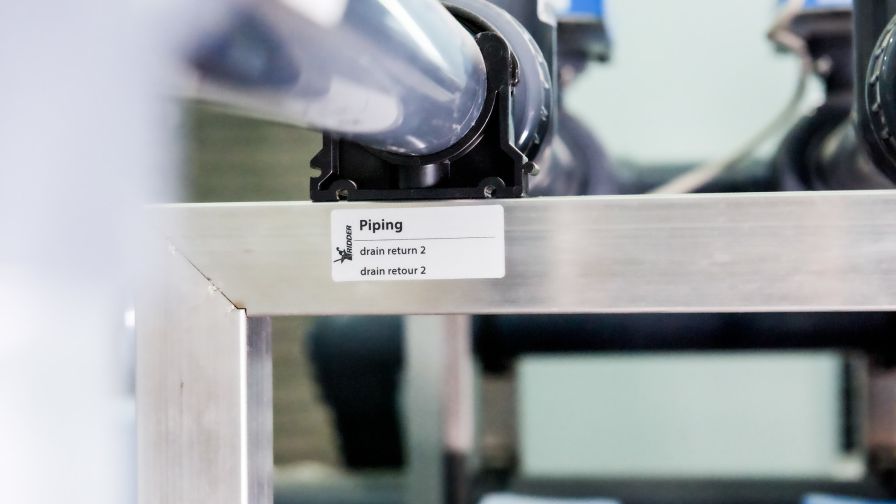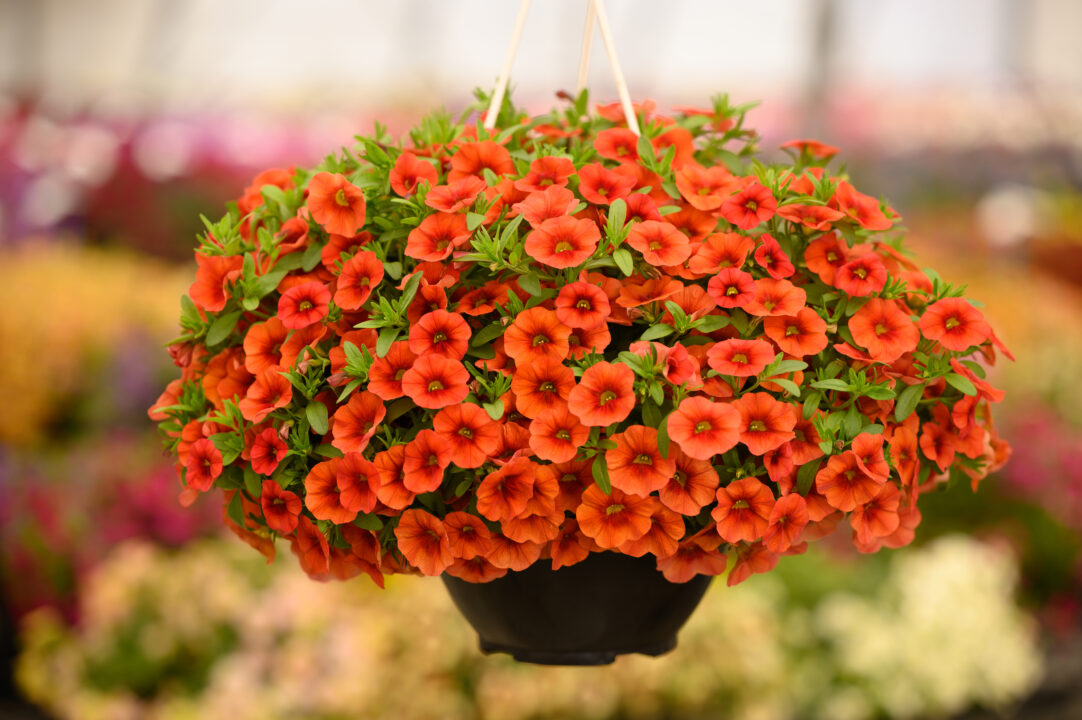Dealing with Drought: Water-Saving Options for Greenhouse Growers
 As opposed to growing in an open field, growing in hydroponic systems or producing container crops offers numerous opportunities to preserve, conserve, and reuse precious irrigation water and fertilizers. As a result, there is a wide array of systems on the market that help growers not only optimize their watering, but also convert every drop into production.
As opposed to growing in an open field, growing in hydroponic systems or producing container crops offers numerous opportunities to preserve, conserve, and reuse precious irrigation water and fertilizers. As a result, there is a wide array of systems on the market that help growers not only optimize their watering, but also convert every drop into production.
Capture and Reuse Drain Water
One of the primary and biggest advantages of growing in a substrate, container, hydroponic gutter, or bucket system is the ability to capture so-called “drain water.” This is the irrigation water that has not been taken up by the plant’s roots. Capturing the drain water allows you to analyze the uptake and activity of the plants. Additionally, capturing drain water provides you with the unique opportunity to reuse the irrigation water (and the nutrients in it) for another irrigation shot. For safe reuse of your drain water, special filtration and sanitation methods are recommended. This mitigates the risk of disease spreading or buildup of bacteria, fungi, and other harmful pathogens in the irrigation system.
Pre-Filtration
Sanitization of drain water can be divided into two steps: a coarser pre-treatment of the process water, and a finer treatment to filter out bacteria. A pre-filtration with a coarse filter system such as a cloth filter can be a good method to take out heavy debris. Another good pre-treatment is a pre-filtration with a sand filter system.
Neutralize Harmful Pathogens
To further filter and sanitize recycled drain water, greenhouse growers have several options, including disinfection based on heating, ozone, ultra-filtration, and chlorine dioxide. All methods have the potential to neutralize pathogens (such as fungi, bacteria, and viruses), but they all have their pros and cons, depending on the specific situation, crop, and location. A common disinfection method that has increased in popularity over the last couple of years is a treatment with a low-pressure ultraviolet (UV) system. This method uses UV light that kills and eliminates harmful bacteria, fungi, and pathogens in the water. It is a reliable method and does not rely on the use of chemicals. Additionally, it does not break down the valuable nutrients and fertilizers in water. This safe, automated, and environmentally friendly method of disinfection is suitable for any type of cultivation. This method enables growers to recirculate their irrigation water safely, reducing their consumption of water and fertilizers and helps growers to make the environment more sustainable.
 Maintain Good Quality Irrigation Water
Maintain Good Quality Irrigation Water
Capturing drain water and performing a special treatment to safely recycle the fresh water and fertilizers will have a huge positive impact on the water footprint of greenhouse productions. However, because of a systematic build-up of elements in the recycled water, growers often struggle to maximize their recycling. This can, for example, be the case when sodium-rich fresh water from other sources (tap water, rainwater etc.) is added to the process water in the recirculation system. As not all sodium elements will be taken up by the crop, they will remain in the drain water, causing a build-up of sodium, and thus a high EC level, in the recycling stream. Too high sodium contents can cause quality problems, as they will make it more difficult for the crop to absorb water and beneficial nutrients, which eventually causes some crops to wilt.
Avoid Flushing
To gain control over sodium levels, growers occasionally flush their entire system. But with the current drought and water scarcity, you want to use every drop of fresh water available. Therefore, flushing valuable fresh water into the sewer is no longer an option. Consider additional water treatment solutions that allow to selectively filter out sodium contents on the irrigation water. Additionally, a closed irrigation cycle can cause the buildup of organic pollution and algae in the irrigation system. To avoid contamination and clogging of the irrigation system and drippers, a peroxide agent can be used in combination with the UV-treatment.
Keep up With Laws and Legislation
As drought has become a very urgent topic, the development of solutions to enable emission-free cultivation to maximize recirculation in greenhouse operations has become high on the agenda for many suppliers of greenhouse technology. Another development that will sprout the development of water-saving solutions is that many local governments have or are passing legislation and regulations to minimize the environmental impact of local greenhouse operations. New legal requirements may eventually have major consequences for growers. But regulations are never introduced without warning and staying one step ahead of developments is part of being a business owner. You need to know what to expect in the longer term, so that you can act ahead of time. The first step is to recognize the need to plan and find out what is in store for your business.









